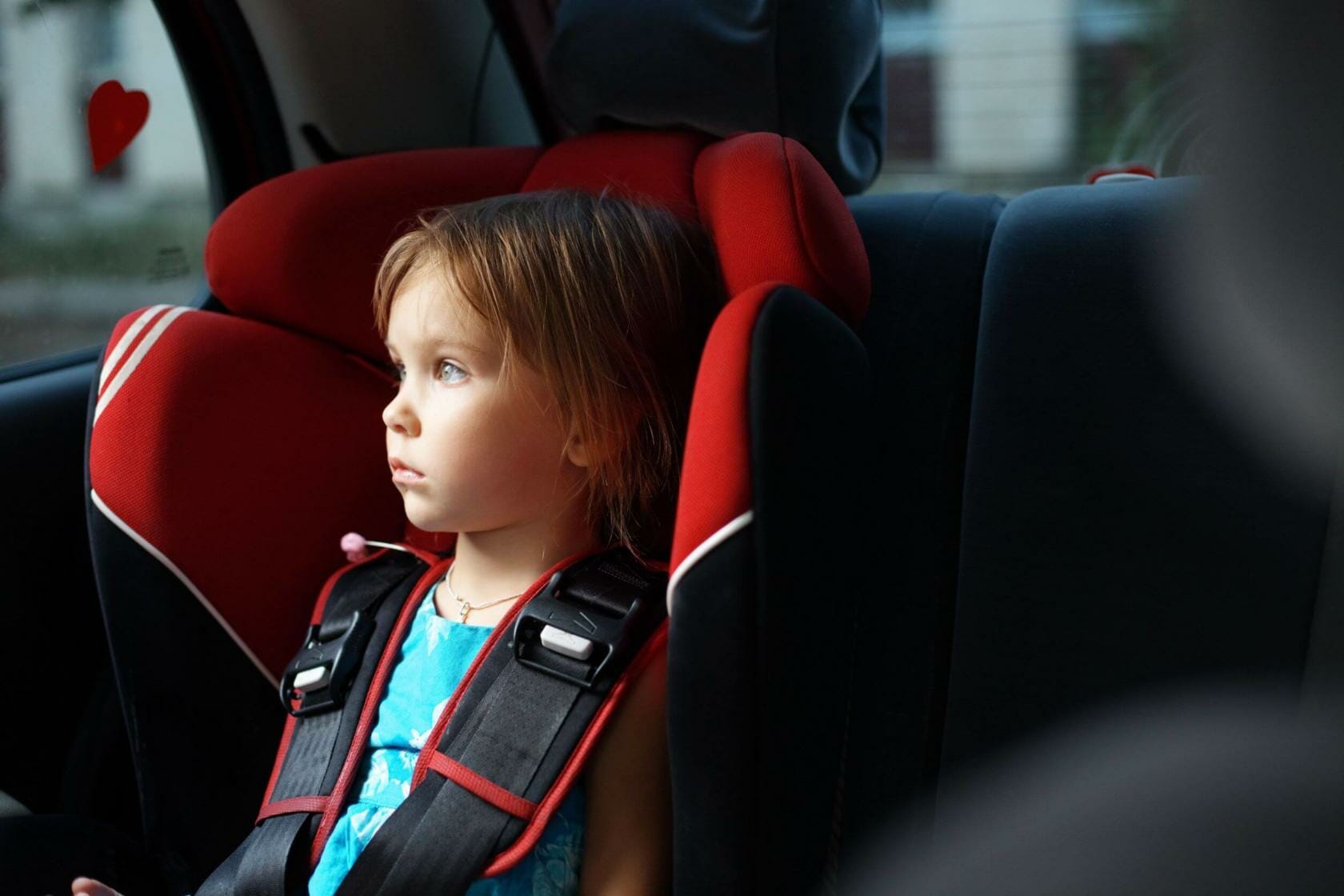Texas Car Seat Laws and Regulations 2024: A Complete Guide for Parents and Guardians

The Texas bioregion is vast with beautiful and diverse landscapes where many plan to get ready for their next big road trip. A majority of Texans often travel and explore the state with their families using their vehicles, but many are not informed about Texas car seat laws. Car seats minimize risk of injury to children and can be life-saving in the event of a collision.
In 2022, according to the National Highway Traffic Safety Administration (NHTSA), 39% of children who died while riding in passenger vehicles were unrestrained. Research suggests that there is a strong correlation between parents or guardians who buckle up and their child’s seat belt use. Of the child passengers killed in the event of a car accident while riding with an unbuckled driver, 68% were also unbuckled.
No parent should have to go through the heartbreak of seeing their child harmed. Staying informed about car seat laws and regulations in Texas can prevent any injuries to your child.
What are the Texas Car Seat Laws?
In order to prevent injury or loss of a child, children are required by Texas law to be in a car seat if they are younger than eight years of age. It is an offense to transport children younger than eight without a safety seat. The only exception is if the child is taller than four feet and nine inches, but that doesn’t mean they should not be properly secured. They must still be secured using the vehicle’s seat belt.
Failure to comply with these requirements can result in a misdemeanor punishable by a fine of $25 to $250, depending on the circumstances.
There are different requirements depending on age, weight, and height. You must also consider booster seat requirements according to the seat’s manufacturer.
Types of Car Seats and When to Transition
- Rear-facing
- Infants and toddlers do not have fully developed neck muscles, leaving them vulnerable to injuries in a collision. Children at this age should ride in a rear-facing car seat because it provides support for the head, neck, and spine. They should stay in the car seat until they are two years old, or until they reach the maximum weight or height according to their car seat’s manufacturer. It is highly recommended they stay in this car seat until they reach the height and weight limit.
- Forward-facing
- A child that is two years old or older, or has outgrown the rear-facing by either weight or height, should begin to use a forward-facing car seat. The harness straps should not be twisted. Buckle the harness to the chest clip and tighten. The chest clip should be armpit level which holds the harness straps over the child’s chest and shoulders. At this stage, they should be using this seat until they reach the weight or height limit allowed by the car seat manufacturer.
- Booster seats
- A child that has outgrown the rear-facing weight or height limit of the forward-facing seat will need to be in a belt-positioning booster seat. If the seat comes with belt guides, follow those instructions for proper seat belt positioning. If not, adjust the lap belt so it lies snug across the child’s upper thighs, then adjust the shoulder belt so it rests across the chest. Children should remain in the booster seat until the vehicle’s seat belt fits properly, usually when they are about four feet and nine inches and are between the ages of eight and 12.
Common Mistakes and How to Avoid Them
- Incorrect installation
- Most parents believe that their child’s car seat is installed correctly, but NHTSA suggests that almost half have been installed incorrectly. When your child’s car seat is installed incorrectly, it may come loose while driving regularly and has a higher chance of coming loose in a collision. Follow the seat’s manufacturer instructions to properly install them or check out our tips for installation.
- Transitioning children to forward-facing booster seats too early
- Another common mistake is that parents transition their children to the next booster seat too early. Making sure your child is properly secured in the correct seat reduces their risk of injury or fatality in a crash, so double check whether your child is ready to move to the next type of booster seat before you switch.
- Check the car seat’s manual to be sure what the maximum weight and height are. Do not rush the transition. For example, if the maximum weight is 40 pounds, keep your child in the car seat until they are 40 pounds. It may be tempting to move them to the next when they are within the next booster seat’s requirement range, but you end up losing a layer of protection by switching too early.
- Improper seat belt fit
- An improper fit can also leave your child vulnerable to injury or death in an accident. To ensure your child is properly restrained, you should make sure the seat belt fits snugly across the hips. If it is over the stomach, it is an improper fit. Make sure the shoulder belt goes over the shoulder and across the center of the chest. You should never tuck the belt underneath the arm or behind the back.
Resources and Assistance
Visit NHTSA for more guidance on finding and installing car seats.
TxDOT offers free car seat checks at its 25 district offices across the state. Find the nearest location at Save Me With a Seat.
Call Thomas J. Henry Law for Legal Advice
It’s important to follow Texas car seat laws and regulations to prevent injury to children during accidents and avoid legal penalties. Car seats are designed to reduce the risk of injury or fatality.
If you have been involved in an accident where car seat laws were a factor or have damages from another driver’s negligence, you may be entitled to legal support and compensation. Contact us for a consultation to explore your options.
By taking these precautions and staying informed, you can have a peace of mind knowing that you took steps to protect and ensure your child’s safety.
Blog










